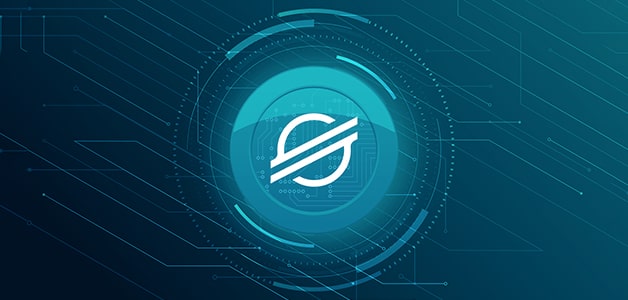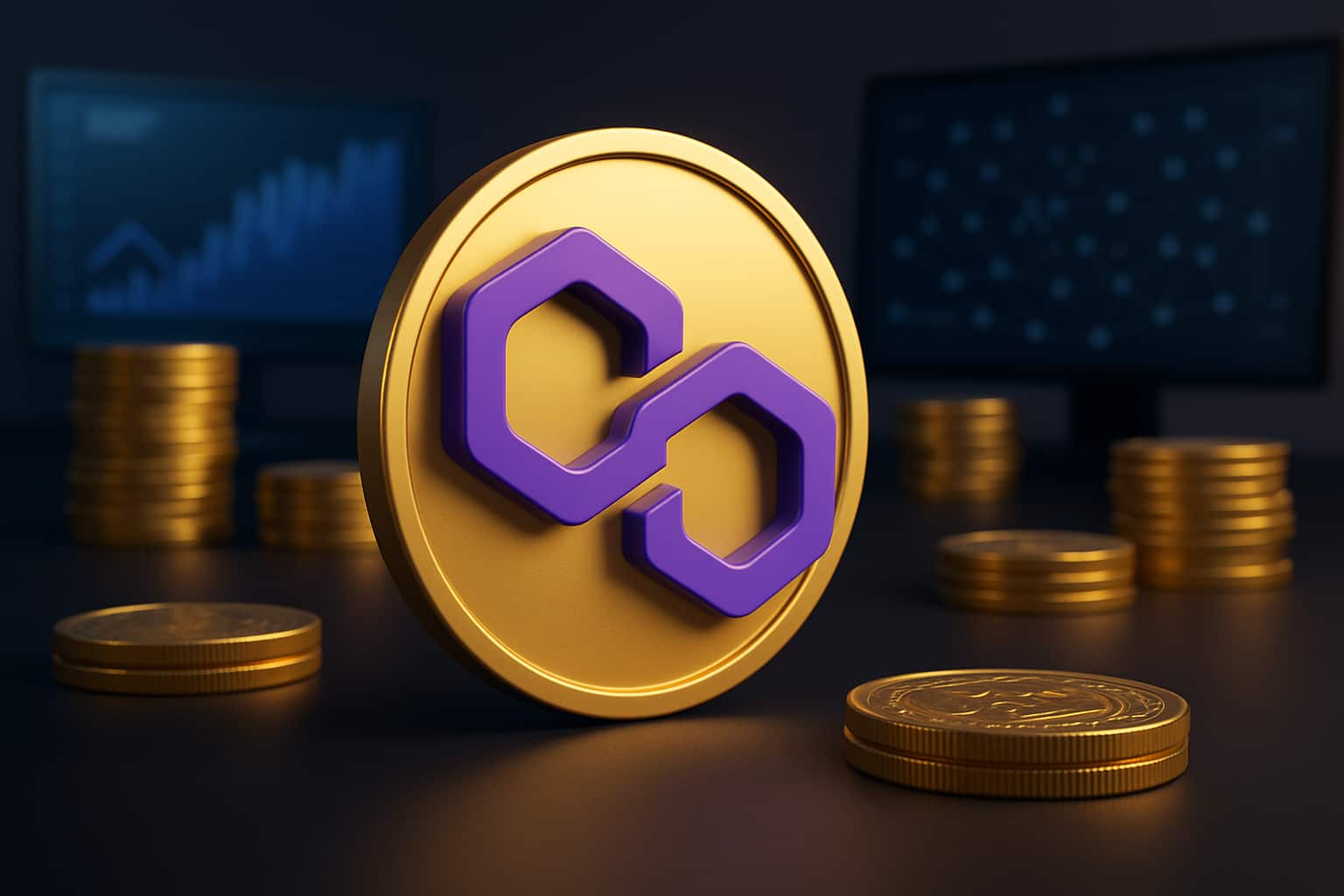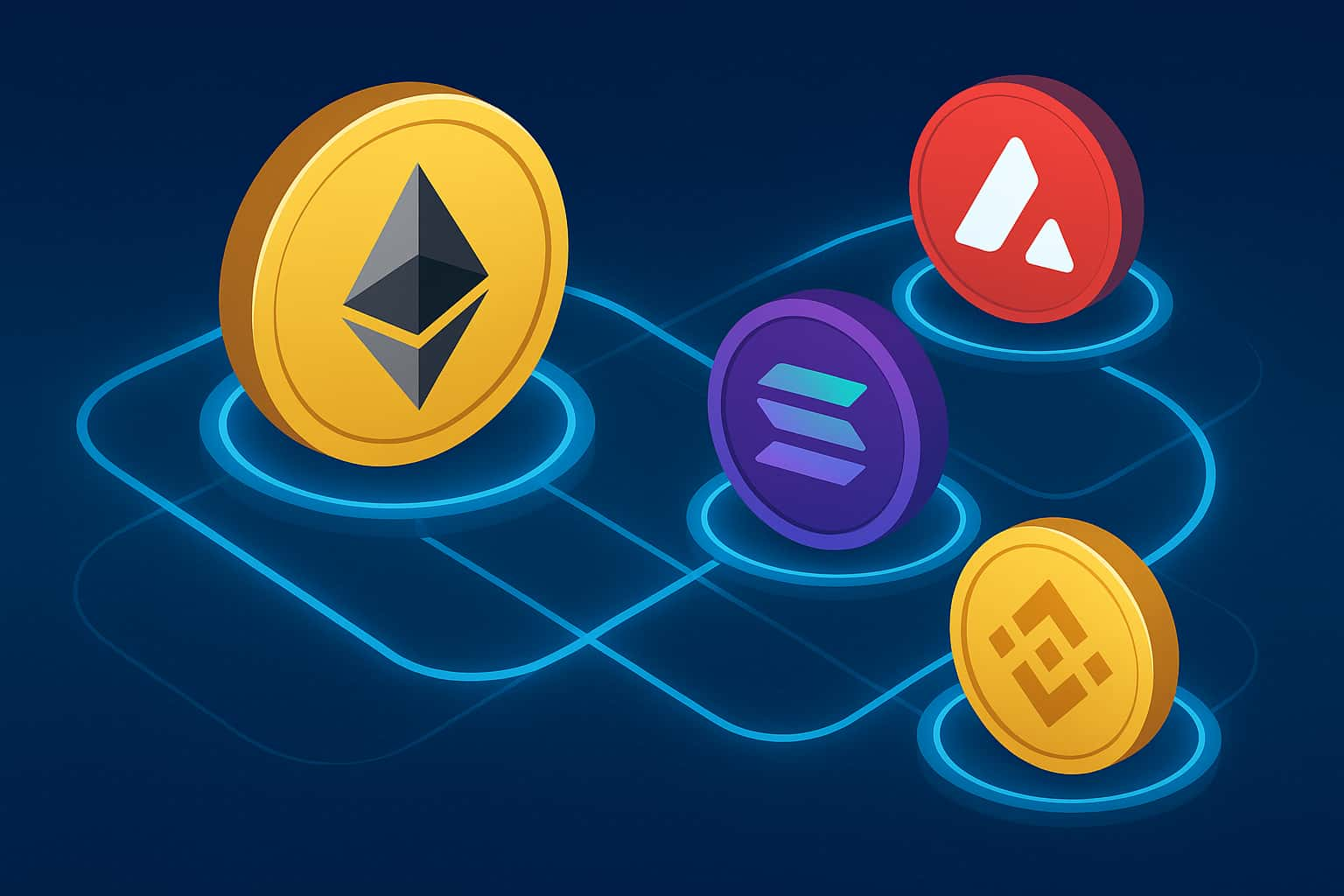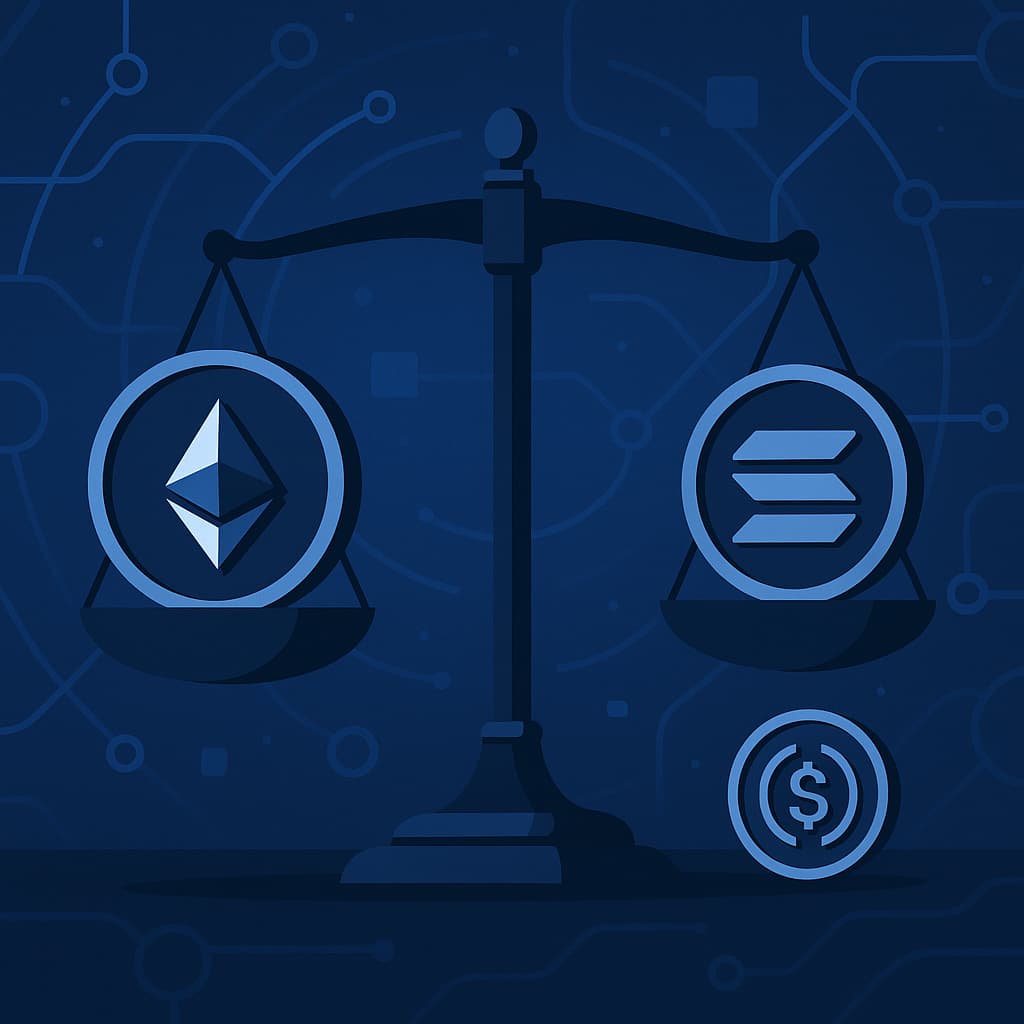-
Solana has seen rapid growth in the past few years. This expansion has led to the rise of the Solana DeFi (decentralized finance) development ecosystem. Many have referred to Solana as the emerging blockchain for introducing DeFi apps.
The blockchain is on track to overtake traditional financial transactions as the most widely used ecosystem for dApp developers. It can handle transactions more quickly and has energy-saving potential, which is numerous times more effective than conventional financial transactions.
This article delves into Solana blockchain development for DeFi protocols, benefits, and applications.
Solana Blockchain
Solana is an open-source blockchain with SOL as its native currency. SOL offers staked users the capability to become a validator. In addition, users can use SOL to generate staking rewards and pay transaction fees.
Anatoly Yakovenko and his team created this blockchain to increase transaction throughput at a much lower price than other blockchains. Solana uses a unique consensus mechanism named Proof of History (PoH). This consensus algorithm enabled the blockchain to process more than 50,000 transactions per second.
Also, Read: Solana vs Ethereum Blockchain | Which is Better for dApps
Why Choose Solana DeFi Development
Solana enables the development of decentralized protocols and apps that adhere to the native chain standard. One example of Solana DeFi is Orca, a well-known cryptocurrency exchange.
Here is a list of reasons why you should choose Solana for your DeFi projects:
Speed
Solana can support up to 56,000 transactions per second (TPS). The number goes up to 111k in test lab conditions. The platform can scale with hardware and bandwidth. Thus, the number will continue to grow with the industry's growth.
Affordable
Another benefit of Solana DeFi development is low transaction fees. Gas charges for both programmers and users remain less than $0.01.
Open Source
With open source, programmers can access examined and updated code. Anyone may quickly set up their nodes by downloading the Solana software code directly from Solana Lab's GitHub page.
Chainlink Partnership
Solana has partnered with Chainlink to give DeFi apps fast Oracle data feeds. Solana uses Chainlink for data feeds, which employ off-chain reporting (OCR) to collect data from data providers. Chainlink's Solana implementation is independent of external blockchain networks.
This integration can speed up the development process of DeFi applications as developers get direct access to authentic off-chain data.
Programming Language - Rust
Solana requires Rust for application development. Developers can seamlessly do high-performance computation using this programming language. Additionally, Rust can consolidate workflows with minimal upskilling. Rust provided Solana with a solution to the concurrency and memory safety challenges.
Also, Read: Why to Develop DApps on Solana
Popular Solana DeFi Applications
Now that we know the significant benefits of Solana for DeFi protocol development, let's look into popular Solana DeFi applications.
Decentralized Lending and Borrowing
Peer-to-peer (P2P) decentralized applications (dApps) provide DeFi lending or borrowing. It enables people to borrow and lend money, which lets cryptocurrency owners make a decent income.
Solend is a DeFi lending and borrowing mechanism on Solana. It is known for its strong composability and scalability. It increases how Solana users can increase their financial gains.
Decentralized Exchanges
A decentralized exchange is a P2P marketplace for trading cryptocurrencies. It reduces the risks of fraud, hacking, failure, or theft.
Mango is an autonomous, cross-margin trading platform on Solana. Creators get interest rates on deposits and trade.
Decentralized Prediction Market
Decentralized prediction markets let users anticipate the results of events. Users get payments after the correct forecast. These markets connect parties without any middlemen or sole operators.
Aver is a decentralized and non-custodial prediction market on Solana. It enables users to make and trade predictions across the world. Customers get the benefits of trustless market resolution.
Also, Read: Top 5 Compelling Solana Blockchain Use Cases
Creating a Staking Smart Contract on Solana using Anchor
If you’re looking to integrate staking into your DeFi project, learning how to Create a Staking Smart Contract on Solana using Anchor is a great place to start. Anchor simplifies the process of building staking mechanisms on Solana, making it easier to set up decentralized, secure staking systems for your users.
Looking for Solana Development Services
The many benefits of Solana make it a good alternative for DeFi application developments. Oodles Blockchain offers Solana DeFi development services. Our Solana developers can help build your DeFi projects. Talk to our blockchain experts to get started with your DeFi protocol.

Our Offices
INDIA
Emaar Digital Greens, Sector 61,
Gurugram, Haryana
122011.
Welldone Tech Park,
Sector 48, Sohna road,
Gurugram, Haryana
122018.















